Our article on the role of banks in the provision of philanthropy advice in the September 2016 issue concluded that asking for and giving advice was, overall, a growing phenomenon. In taking a bird’s-eye view, though, it’s easy to miss the particulars. The US and Europe can exercise a distorting influence. So, in this analysis, we look at some of the places where the philanthropy ‘market’, for want of a better term, is less highly developed. How fast is the demand for philanthropy advice growing – if, indeed, it is? Who is asking for it and who is providing it?
Alliance sought views on these questions from experts in south and south-east Asia, southern Africa and the Middle East. While none of them pretended that their judgments were irrefutable, all raise important questions for the field.
Not yet an industry
Generally speaking, advisers remain few in the regions our respondents represent. In the Middle East and North Africa, there are only ‘banks, lawyers and SAANED since 2011’, says Atallah Kuttab of SAANED. He also notes ‘a few informal channels that provide advice to each other.’
James Mwangi of the advisory firm Dalberg in South Africa sees ‘an “emergent” though still under-developed home grown philanthropy advisory sector’ on the continent. ‘In general my sense is that things remain very informal and unstructured with few philanthropists willing to look outside of their immediate circle of family and friends unless it is to engage with peers they can learn from in other parts of the world.’ The sector is probably strongest in South Africa where ‘there are a few specialized philanthropy advisers’ and ‘some initial and growing advisory capacity in private wealth management businesses to help with certain issues of structuring and occasionally targeting philanthropic giving’. Mwangi makes the point that the limited ecosystem that exists is creating its own market – as people begin to use advisory services, the more accepted they become.
Things remain very informal and unstructured with few philanthropists willing to look outside of their immediate circle of family and friends unless it is to engage with peers they can learn from in other parts of the world.
‘Outside of South Africa,’ though, matters are less advanced: ‘Several philanthropy organizations and associations have tried to gain momentum in recent years providing peer learning and occasionally advice and networking to their members. In general these are still working to attain critical mass,’ he says.
Banks to the fore
In most of the regions we looked at, wealthy people tend to go to their banks for advice. International banks are the prime movers in Singapore and Hong Kong, says Philo Alto of Asia Value Advisors in Hong Kong, it’s ‘the Credit Suisses, the UBSs’ and one or two law firms. There are also private banks who don’t have a dedicated team and for whom philanthropy advice is a side activity. ‘It’s more about showing face that they are in the game,’ he says, ‘but I don’t think they see that as a core driver of their revenue.’
Vietnam-based Maurice Machenbaum of WISE philanthropy advisors, a global advisory company, agrees. While the international banks in Hong Kong and Singapore ‘include a slot on philanthropy in the conferences they organize for their clients and have sometimes a specific department with such a title… it looks often more of a PR exercise than advising families from A to Z’.
In India boutique advisories like Charities Aid Foundation are trying to increase their role in diaspora giving from the UK. Another example is British Asian Trust (BAT) who supports philanthropic investment to India from the UK and South East Asia. Bridgespan began operations in Mumbai approximately two years ago and is growing its team in the city.
‘[Donors] feel reassured when international people are involved. As we originally founded WISE in Switzerland and I am Swiss, I see how ‘ Swissness’ still has a strong value in this region.’
Most advice is international
One of the chief reasons for banks’ pre-eminence is that – as Atallah Kuttab notes – there are few local sources.
Machenbaum says such advice as there is, is ‘clearly international, just a few local initiatives’. And he doesn’t see it changing in a hurry: ‘[Donors] feel reassured when international people are involved. As we originally founded WISE in Switzerland and I am Swiss, I see how ‘Swissness’ still has a strong value in this region.’ And as ‘it is hard for any independent philanthropy advisers to break even I don’t see it growing. The “market” is too small’.
Then there’s money. The international banks tend to offer advice for free as they ‘have other streams of revenues with those same clients. And that is a strong argument for families here’. Atallah Kuttab makes the same point: ‘In all cases such services are provided at no cost and that makes it hard for organizations like SAANED to charge for its services.’
‘I’m quite sure there are some advisory firms that work in China but these might be bespoke projects. I don’t see any firms touting their services in Hong Kong,’ says Alto, though he is aware of some ongoing consulting projects from development and management consultancies on the philanthropic landscape. Even so, ‘most don’t have a presence in Hong Kong’, he notes.

In taking a bird’s‑eye view, though, it’s easy to miss the particulars. The US and Europe can exercise a distorting influence.
Local: reasons in favour…
Domestic philanthropy advice seems to be most developed in India. Pakzan Dastoor of Dasra reports a ‘small but growing number of philanthropy advisers’. Dasra, of course, is one of these but Dastoor also notes Samhita, United Way India, and the Good Edge. A stimulus has been the introduction of the 2 per cent CSR requirement in 2014, which has meant that ‘boutique advisers have emerged or existing advisers have developed CSR support wings’.
Dastoor believes that Indian donors ‘typically like to consult home-grown organizations mainly because [they] have local context and understanding of issues and challenges on the ground, and proximity to non-profits as well as an understanding of what is required to scale them. These home-grown organizations also have lower price points, have existed longer than international organizations in India and therefore have necessary networks with other donors and the development sector’.
Dastoor believes that Indian donors ‘typically like to consult home-grown organizations mainly because [they] have local context and understanding of issues and challenges on the ground, and proximity to non-profits as well as an understanding of what is required to scale them.
Individuals from out of India giving to India ‘typically start off with an international organization’, while those who make ‘long-term, substantial investments tend to move to Indian intermediaries because of the points mentioned above’. The private wealth management departments of banks (she mentions Kotak, Julius Baer, JP Morgan) are involved, but ‘usually partner with domestic organizations’.
Similarly, Dalberg’s niche is that it ‘can offer local knowledge. It also offers sector expertise, since its advice is issue-driven rather than philanthropy-driven. It also has an understanding of impact investing which is increasingly important’.
But while reliance on local partners can be a source of strength for those partners, it’s a sword with two edges, as Atallah Kuttab points out. He tells of a wealthy family from the Gulf who sought philanthropy advice from a bank in the UK. It was SAANED who gave the advice through the bank but with no direct contact with the family. This is one of the main reasons why, to his knowledge, SAANED is the only local organization providing advice.
…and against
If local knowledge is invaluable, why look to an organization that doesn’t have it? Atallah Kuttab’s story is one reason. Partnership with a larger organization makes them invisible. He also feels that, with the backlash that followed the Arab Spring, donors in the region have retreated into their shells, finding it ‘more “secure” and better accepted by the governments to deal with international organizations rather than local and to a large extent giving to safe causes dealing with the symptoms of injustice rather than the causes’.
‘It’s a combination of perceived experience, impartiality, credibility and ability to connect to external actors,’ says James Mwangi, ‘although the lack of proven domestic players also plays a role.’ But it can be a chicken-and-egg situation. The lack of proven domestic advisers may be because nobody wants to use them. As he noted above, emerging philanthropy advisers in South Africa are creating the demand for philanthropy advice.
How much growth?
India displays the strongest growth. Pakzan Dastoor cites three reasons: first, a significant increase in giving, again partly created by the CSR law, which apart from its intended effect ‘is engaging and motivating family businesses to give more personal capital’. Second, a change in approach from traditional giving to a ‘more strategic form of philanthropy or accountable investment’. Third, ‘limited time, reluctance to set up their own teams encourages ultra high-net-worth individuals to look for expert external advisers to help them identify impactful investments’.
‘SAANED estimates that there is wealth available for giving close to $60 billion annually but what is visible of this is less than 10 per cent at best estimates.’
What Indian donors are principally looking for from their advisers, she says, is customized consulting for CSR/personal philanthropy strategy, due diligence on non-profits (lack of trust is still the biggest barrier to giving, she says), and donor education programmes. They are also looking for ways to build the capacity of non-profits in which they are already investing so that those organizations will make a greater impact and she notes a particular role for intermediaries here, either through individual mentoring or workshops.
By contrast, Maurice Machenbaum doesn’t ‘see a growth of people seeking advice… I think there is a growth of high-net-worth individuals who try to have a more structured approach towards philanthropy but they are not necessarily seeking advisers’. Neither is James Mwangi convinced that the ‘growing talk and visibility’ in South Africa ‘is translating into that much in terms of volume of advisory services being provided’. For example, he has ‘not seen many instances of new entrants engaging professional advice on an overall philanthropic strategy unless anchored outside the region’.
Many philanthropists in the Arab region do not see the need for advice, which makes it hard for organizations like SAANED to suggest a new pattern of giving for social change.
While some growth might be evident in most places, it’s often hard to say what proportion of giving is made the subject of advice – ‘identifying the size of the market’, as Atallah Kuttab puts it. ‘SAANED estimates that there is wealth available for giving close to $60 billion annually but what is visible of this is less than 10 per cent at best estimates.’
‘Financial opportunities are not the only driving force’
While Philo Alto believes that it is a growing market, he admits that it’s difficult to see at the moment ‘how it will pan out. If you talk to millennials around the world not just Hong Kong, there is a growing interest in social issues to see how they can add value.
They are learning already, they are doing crowdfunding, they are doing challenges, etc through social media platforms’. He notes that ‘philanthropy advice is just one of the ways people get involved in the space – and that social investment space, however you think of it, is expanding way faster than I would ever have imagined’.
Atallah Kuttab, too, emphasises that providing philanthropy advice is not just a matter of making a living, but of acting out of conviction. SAANED, he says, ‘will persevere in building the local market as financial opportunities are not the only driving force but commitment to creating social justice in the Arab region’.
Philanthropy advice is just one of the ways people get involved in the space – and that social investment space, however you think of it, is expanding way faster than I would ever have imagined
The chicken and the egg
In our respondents’ countries, then, even where you can’t count the number of philanthropy advisers on the fingers of one hand, you’re unlikely to have to do more than take your shoes and socks off. Most of these few are international. Local organizations are struggling to make headway in an area dominated by well-financed and/or financial institutions that can afford to do it for nothing and whose superior prestige and visibility offer a strong inducement to donors.
Will this change, if so, how and when? The forces involved are too various and too dynamic to say with confidence. Atallah Kuttab observes that ‘trust is a key word in our business. I think it needs time for locals to trust domestic support organizations’. But are local organizations not trusted because they have no experience, or do they have no experience because they aren’t trusted? The growth of domestic markets in philanthropy advice might depend on donors puzzling out this conundrum.
Alliance would like to thank the following for contributing to this article:
- Philo Alto, founder & CEO, Asia Value Advisors, Hong Kong
- Pakzan Dastoor, manager, knowledge creation & dissemination, Dasra, India
- Atallah Kuttab, chair, SAANED, Jordan
- Maurice Machenbaum, co-founder, WISE philanthropy advisors, Vietnam & Switzerland
- James Mwangi, executive director, Dalberg Group, South Africa
Reactions to Andrew’s piece:
Donzelina Barroso, director, global philanthropy, Rockefeller Philanthropy Advisors
As Andrew Milner’s article notes, philanthropy advisers tend to congregate in areas where philanthropic culture is well-developed and where there is demand for their services. The article cites some of the reasons for this, but there other factors at work, too.
What we’ve found at Rockefeller Philanthropy Advisors (RPA) is that for a philanthropic culture to thrive, an enabling environment that supports both donors and the non-profit sector is key. In some regions of the world, such as Brazil, tax incentives are more robust for corporate foundations than for private donors – a clear barrier to the development of private foundations or individual donors.
The lack of trust in the indigenous non-profit sector is another critical issue, as Milner comments. Non-profits that work under the burden of uncertain government support, underpaid and/or volunteer services, and who are trying to address overwhelming social problems, may not garner the confidence of local donors, who are in any case sceptical of a non-profit sector whose proceedings are opaque.
The result is that donors in the global south often opt to create operating foundations to address a specific need such as education in a particular community. This method leaves little room for collaboration or outside advice. As Milner notes, it’s a ‘chicken and egg’ dilemma.
Yet, globally, we continue to be encouraged by the growth in not just philanthropic tools and resources, but donors who wish to share and learn with others and become part of a more international network. Filantropia Transformadora, for example, an organization based in Colombia that works with families and individuals, as well as foundation professionals, to share information and further a local philanthropic dialogue, has made great progress with Colombian next-generation donors eager to support the local non-profit sector.
Using new tools such as social enterprise and impact investment in a local context will help non-profits to build on their strengths and successes. This growth will encourage confidence and expand the local donor pool. And this will surely help to build the advisory field, which is strongly linked to the success of the sector and its donors.
Felicitas von Peter, philanthropy adviser, Active Philanthropy, Germany
I wonder what would happen 10 or even 15 years from now, if a reader of Alliance was presented with Andrew Milner’s excellent piece, and asked to date it. Would he or she scoff at the barely visible field back then and praise the existing landscape of transparent, high-quality advice for donors and social investors, no matter where they are based? Or would our reader venture the guess ‘written in 2024, maybe?’
Reading Milner’s piece it is striking how little the philanthropy advice sector has developed in the last decade. There are maybe only a handful of philanthropy advisory companies worldwide that have a staff of 50 or more.
The article lists a few reasons: lack of infrastructure, both locally and internationally, competition from larger, financially stronger players such as banks and law firms, and a fledgling demand side.
However, I would argue that any change has to be driven by us as philanthropy advisers. Here are three reasons for taking on the challenge:
- Philanthropy advice pays off: market research shows that donors give 17 times more when supported by an adviser. An increase in supply will invariably result in a more professional sector: as India has shown, the growth in giving has resulted in philanthropists moving from traditional giving to investing in ecosystems and capacity building.
- A more professional sector will strengthen the hand of philanthropy specialists: banks will always be driven by customer satisfaction, and few will be able to finance teams large enough to cater for the breadth of interests among their clients. There is therefore a strong case to be made for banks to enter into alliances with experienced partners who can draw on local knowledge and networks to identify successful projects.
- Donors increasingly want the maximum impact from their donation. If advisers can show how they can provide orientation on complex issues and help create impact, they will be able to make the case for a proper remuneration, and in turn strengthen organizational capacity.
What might help, however, is a ‘gold standard’ that establishes a baseline for good quality advice. Maybe it’s time we put our heads together on this?
Sheryl Fofaria, senior philanthropy adviser, JP Morgan Private Bank
One can no longer continue to look at the world from a purely US or European perspective – and this includes the growing field of philanthropy advice. As emerging market wealth becomes an ever-greater share of global wealth, existing and new philanthropists from these areas will need advice and guidance on how to achieve their fullest impact.
At JP Morgan, our global client base continues to grow and become increasingly diverse, both in terms of where they spend their time and where they focus their giving. So, in addition to our role serving clients in mature and developed markets, we have dedicated philanthropy advisers working with clients in emerging and frontier markets from the Philippines, Colombia and Poland to Saudi Arabia, Hong Kong and Guatemala.
Perhaps the most promising trend we’ve seen is more Indian and Chinese clients engaging in more strategic philanthropy and sustainable investment. This is often spurred by next-generation family members who are keen to push boundaries and embrace innovation.
Learning from this diversity of perspectives across geographies has given us an extraordinary opportunity to facilitate shared learning and collaboration among like-minded individuals, families and foundations from all corners of the world. Our ‘EMEA’ Philanthropy Forum last year featured 40 significant and experienced philanthropists from more than 20 nationalities and led to a remarkable cross-fertilization of ideas that eventually resulted in the organic formation of a standing network of funders working on the refugee and migrant crisis.
At the same time, we genuinely believe in and appreciate the need for more locally-connected sources of philanthropy advice across less well-developed markets. To that end, my colleagues and I maintain very strong partnerships with local, trusted, independent advisers so that we can signpost clients who need a longer-term or deeper engagement, and whose philanthropy would go further with the help of on-the-ground knowledge and partners.
Philanthropists have an incredible opportunity to move the needle on some of the world’s most intractable challenges, and we would love to see the philanthropy advisory sector grow and thrive across all geographies so we can, together, help philanthropists find the sweet spot where their time, treasure and talent can make the most difference.
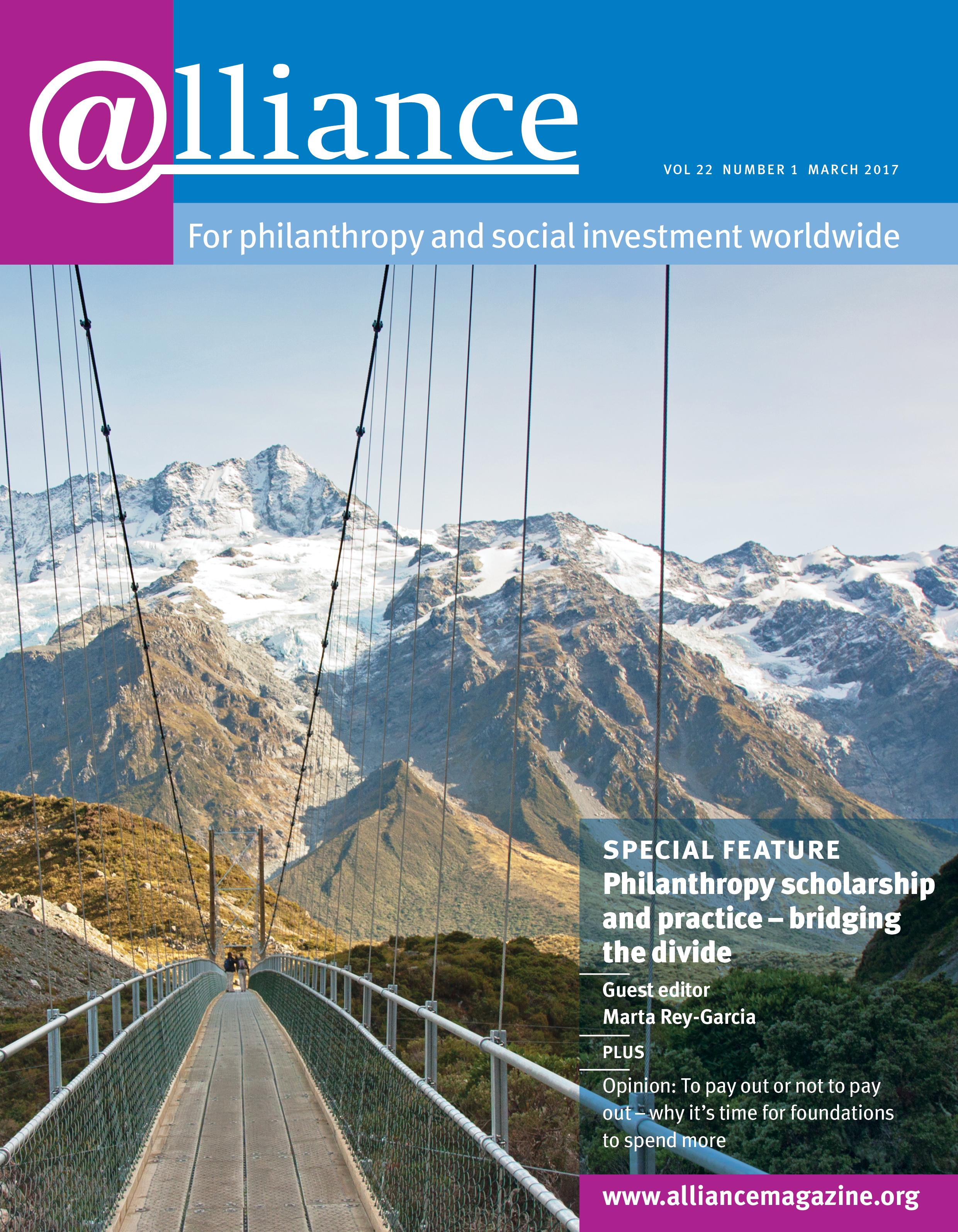
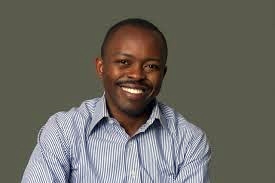
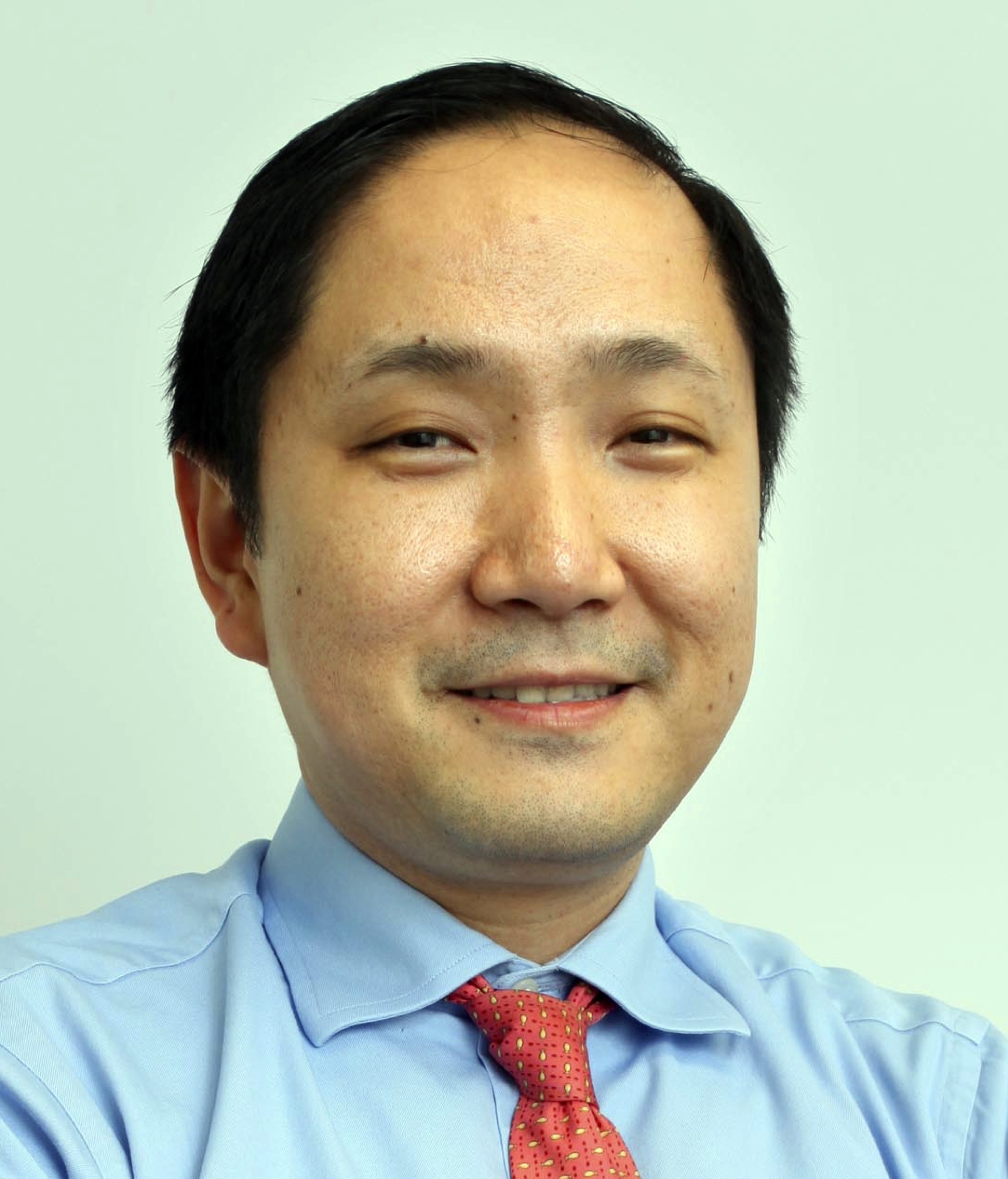
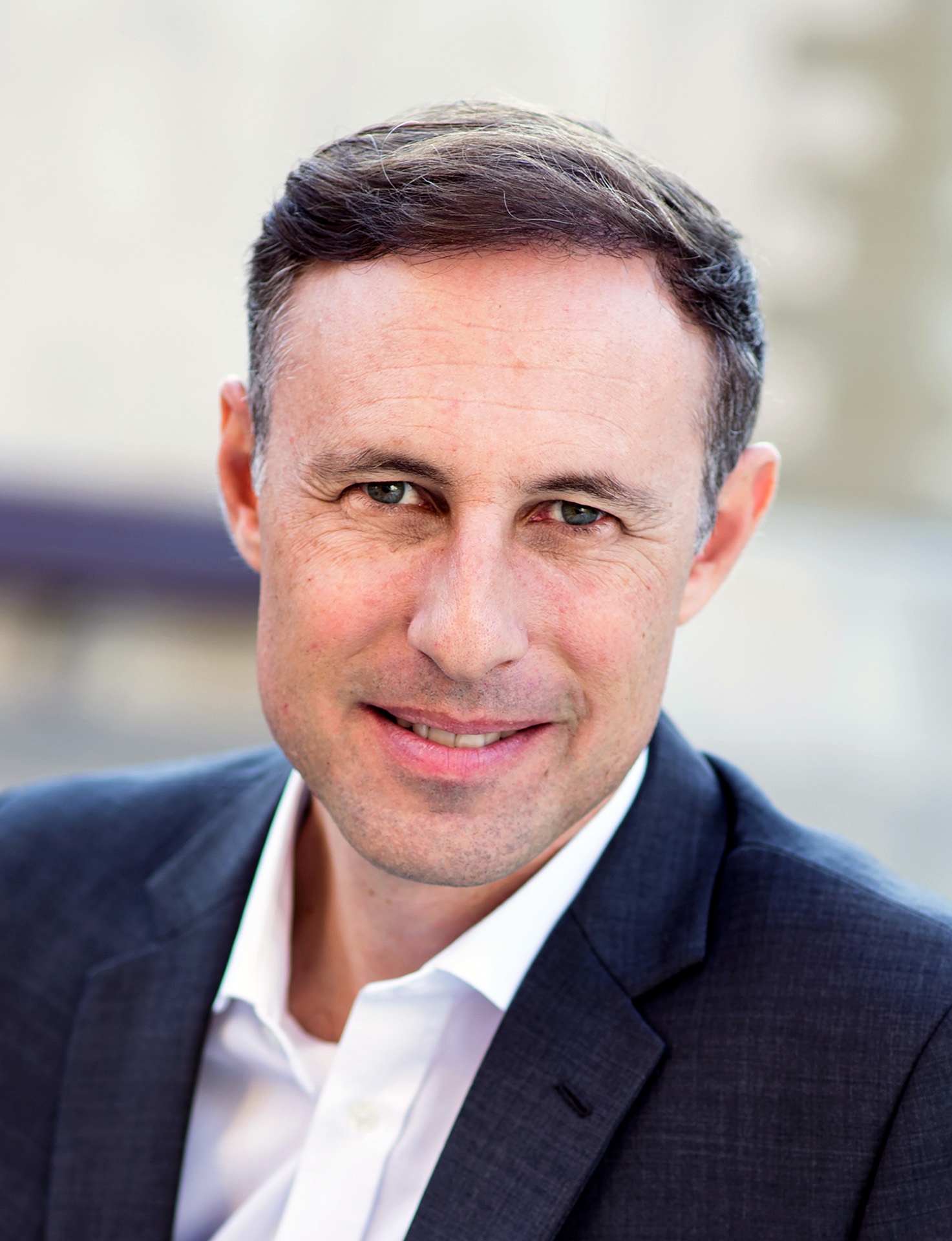
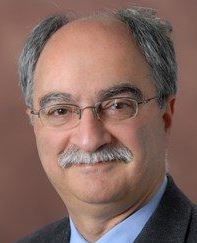
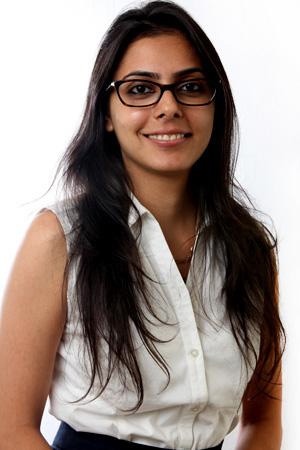


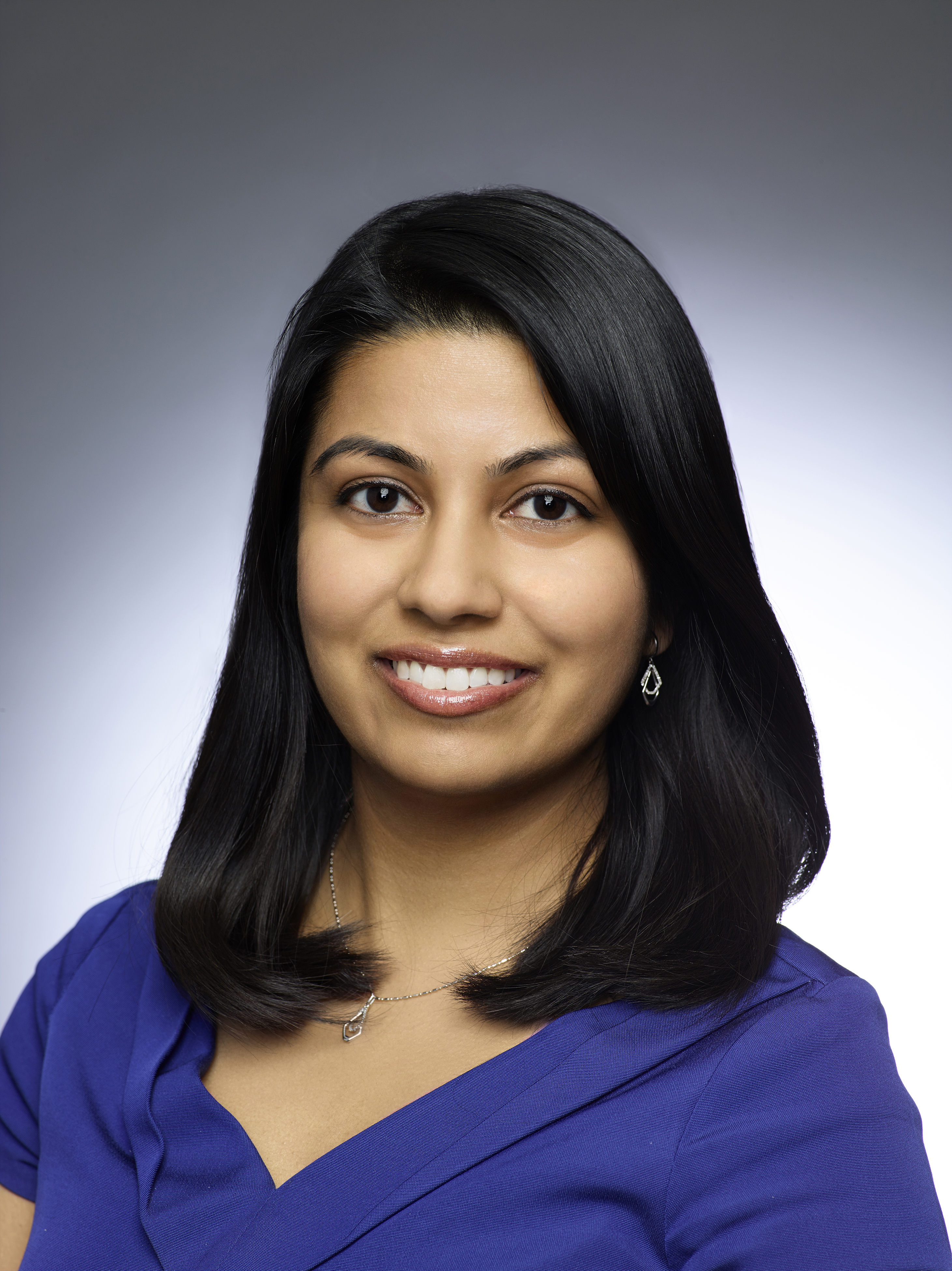



Comments (0)